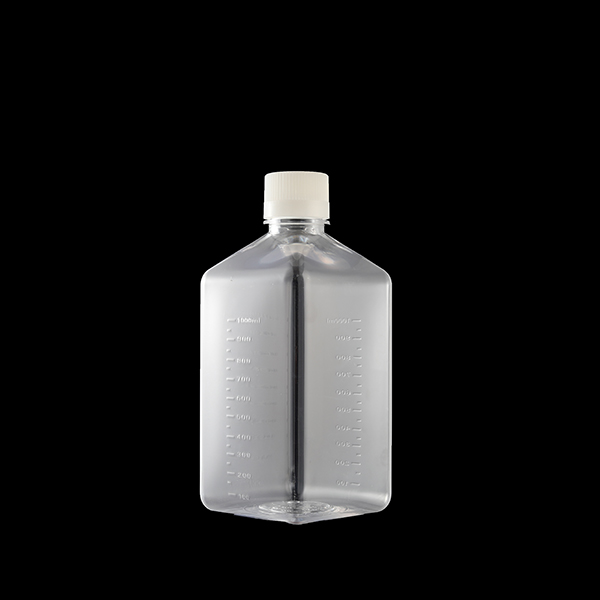Maintenance of laboratory volumetric flasks
Date:2022-07-28 14:58:41 Thursday
Summary:The volumetric flask is mainly used to accurately prepare a solution of a certain molar concentration. It is a slender-neck, pear-shaped flat-bottom glass bottle with a ground glass stopper and a marking line on the neck. When the temperature reaches......
The volumetric flask is mainly used to accurately prepare a solution of a certain molar concentration. It is a slender-neck, pear-shaped flat-bottom glass bottle with a ground glass stopper and a marking line on the neck. When the temperature reaches the marked line, its volume is the volume indicated on the bottle.A volumetric flask cannot prepare a solution with a volume below its volume, that is, as much as its volume is, it can only prepare a solution with a large volume. Before use, the volumetric flask should be checked for water leakage, and washed with tap water and distilled water in turn. Dissolve the solute in the beaker and transfer it to the volumetric flask. The solute cannot be dissolved in the volumetric flask, and the amount of distilled water to dissolve the solute is controlled. A glass rod must be used for drainage during transfer. The volumetric flask cannot be heated. If the solute is exothermic during the dissolution process, the solution should be cooled before transferring, because the bottle body will expand as the temperature rises, and the measured volume will be inaccurate. The total amount of solvent used to wash the beaker cannot exceed the mark of the volumetric flask, once it is exceeded, it must be reconfigured. The prepared solution is transferred to the reagent bottle for storage. The volumetric flask can only prepare the solution and cannot store the solution, because the solution may corrode the bottle body, thus affecting the accuracy of the volumetric flask.After use, the volumetric flask should be rinsed with water in time, the bottle stopper should be plugged, and a strip of paper should be sandwiched between the stopper and the bottle mouth to prevent the bottle stopper from sticking to the bottle mouth. When recording the final volume of the solution, 4 significant figures (XXX.0mL) are generally reserved.
A glass rod must be used for drainage during transfer. The volumetric flask cannot be heated. If the solute is exothermic during the dissolution process, the solution should be cooled before transferring, because the bottle body will expand as the temperature rises, and the measured volume will be inaccurate. The total amount of solvent used to wash the beaker cannot exceed the mark of the volumetric flask, once it is exceeded, it must be reconfigured. The prepared solution is transferred to the reagent bottle for storage. The volumetric flask can only prepare the solution and cannot store the solution, because the solution may corrode the bottle body, thus affecting the accuracy of the volumetric flask.After use, the volumetric flask should be rinsed with water in time, the bottle stopper should be plugged, and a strip of paper should be sandwiched between the stopper and the bottle mouth to prevent the bottle stopper from sticking to the bottle mouth. When recording the final volume of the solution, 4 significant figures (XXX.0mL) are generally reserved.
